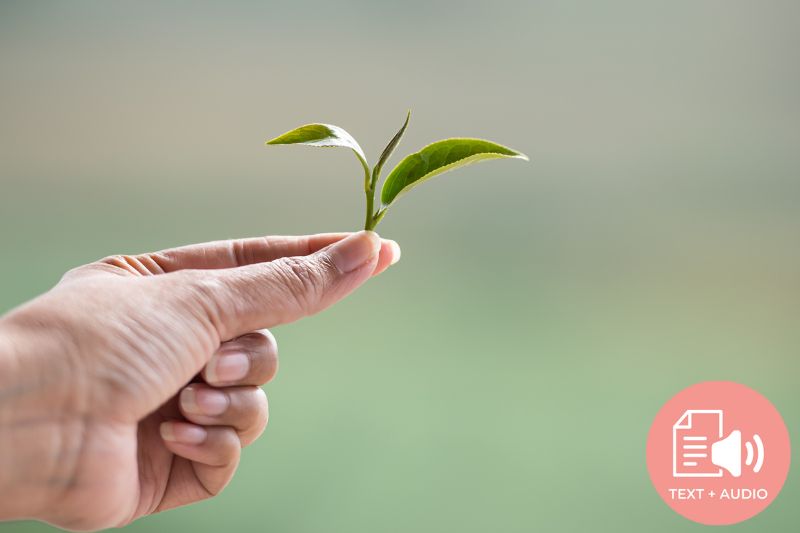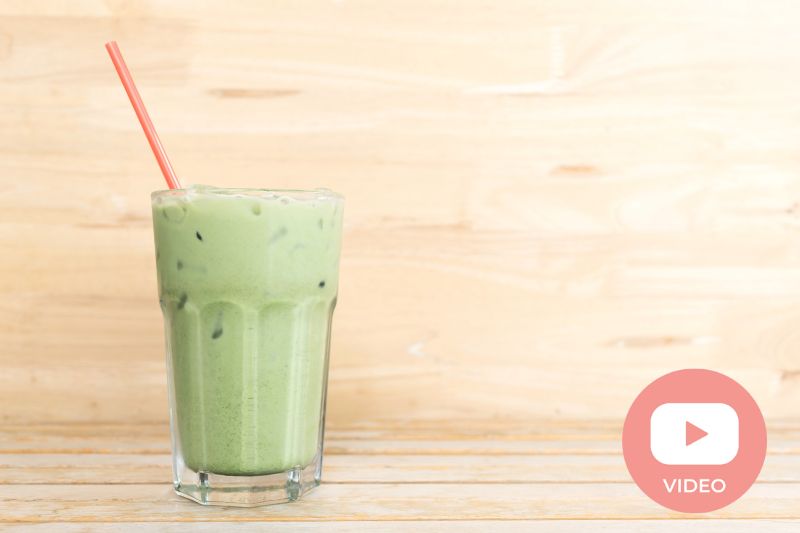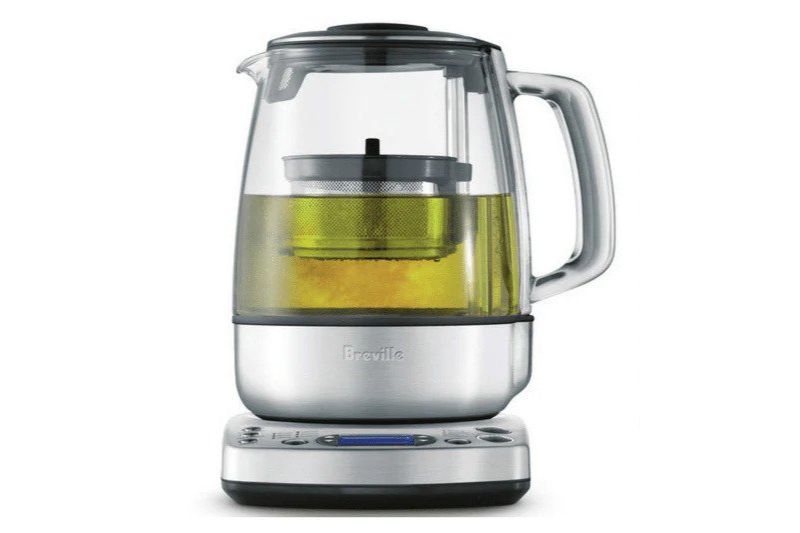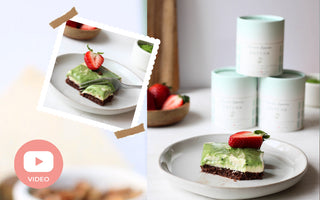Are you positive you’re getting the most from your green tea? Don't miss these tips for how to prepare green tea and serve it correctly to find out!
What Is Green Tea?
Green tea, which is made from Camellia sinensis leaves, is widely known to have a wealth of health benefits. The tea originated in the country of China before quickly spreading throughout the Asian continent. Today, people all around the globe consume the delicious drink as a way to improve their health, boost their immunity, and enhance their brain functions.
Nevertheless, many westerners don’t understand the precious protocols involved with how to prepare green tea. In fact, most opt instead for the faster, more convenient method.
There Is No Universal Procedure For How To Prepare Green Tea
There is often a misconception that there is a singular, universal procedure for how to prepare green tea and other Chinese and Japanese teas.
This couldn’t be further from the truth.
The various preparation techniques are very diverse, much like the people who enjoy the drink on a regular basis.
Sen no Rikyu, who greatly influenced the traditional Japanese tea ceremony, often expressed the simplistic nature of preparing tea. He also placed great emphasis on one’s own honesty.
The renowned tea master also concluded that proper preparation required nothing more than boiling the water, making the tea, and enjoying it.
Even with the Japanese "Way of Tea" ceremony, the chain of events tends to differ based on venue, season, time of day, and other factors. With this in mind, it is best to rely on the wisdom of Sen no Rikyu.
As long as you’re true to yourself, there is no wrong choice for how to prepare green tea.
How To Prepare Green Tea: The Basic Protocol
For the people of China and Japan, brewing green tea is truly an art. For others, extravagance is not a necessity. Again, as Sen no Rikyu pointed out, simplicity is best.
Despite the mythology associated with traditional tea ceremonies, the most common preparation methods are straightforward.
- First and foremost, grab the teapot, or Kyusu.
- The teapot should be preheated with hot water.
- Pour out the water and add the tea leaves to the pot.
- Then, add hot water to the pot and wait it out.
- Give the tea enough time to take on a life of its own.
Before long, that delicious aroma will fill your nostrils. After that, you can add the concoction to your teacups and enjoy.
Choosing a Teapot
There are many factors to consider when shopping for a new teapot.
- Clay is the most popular material utilized to create Chinese teapots, which says a lot about the quality of the material. The type of firing utilized during the production process is extremely important, along with the type of clay utilized to create the teapot. Purple clay is derived from Yixing, a county-level city in the People’s Republic of China, and is the most popular among Chinese teapot manufacturers.
- High-fired teapots constructed from thin clay are perfect for everyday tea use and a necessity for white, oolong, and green teas.
- Low-fired teapots are more suitable for Pu-erh, black tea, or red tea because they are constructed from a more porous and thicker clay.
Did you know we offer a great selection of teaware, and each tea set design guarantees the perfect infusion of Japanese green tea? Click here to shop our collection.
Source Of Water
If you are an avid tea drinker, you probably understand the importance of water. And you can't talk about how to prepare green tea without including the water you use!
When selecting a specific type of water for tea, you must consider that water is not man-made but, in fact, something Mother Nature provides. However, some manufacturers produce different types of water. These include sterile water, spring water, drinking water, and distilled water, while others are created right in the comfort of your own home.
The processes that are most often utilized to create artificial water are reverse osmosis, filtration, and boiling.
The beauty of water is that it can enhance the flavors of the tea, depending on where it comes from and how it is produced.
To get the most out of your tap water, if this is the source you prefer, filter out the impurities before adding them to the tea.
You can do this by using a fine strainer or store-bought filter. Just flush the water through the filter to remove all of the impurities, which can produce a foul odor and taste. The end result will be a delicious cup of tea with flavors that will roll off your tongue.
Click here to read more about how to choose a water filter for brewing tasty Japanese green tea.
If you don't have access to a filter, you can boil the water to remove the bacteria. This takes about 20 minutes at the maximum temperature level. The key is to eliminate the elements that are responsible for altering the flavors, effects, and aromas of the tea.
Water Temperature Is Paramount
After you’ve acquired the best water, it is time to get started!
Temperature will play a paramount role in determining the aroma and flavor that you’re able to achieve. Nevertheless, your own personal preferences should not be ignored.
The temperature selected will alter the potency and boldness of the tea. Preparing the tea at a lower temperature helps to prolong its flavor. Alternatively, a higher temperature can help extract the tea’s scrumptious aroma with greater effect.
Many consumers will prefer to find a balance between aroma, flavor, and astringency. This is why sencha is so incredibly popular in Japan.
When prepared at a temperature of 70 degrees Celsius, sencha will deliver a pleasant flavor while the bitterness will be minimized. Increasing the temperature to 90 degrees Celsius can provide a better balance while simultaneously promoting a strong aroma.
To truly find that sweet spot, it's helpful to experiment extensively with different preparation methods and different varieties of tea.
Different Teas
Learning how to prepare green tea masterfully can be very complicated considering the sheer number of variables involved.
Your tea of choice and your taste buds will prove to be very important.
While it is possible to follow tutorials, it's generally best to find your own unique style.
For example, the specific amount of tea leaves to add depends on your tea of choice. For Sencha, it's best to stick with 2 grams. If you prefer Gyokuro, increase the quantity of leaves to 3.3 grams.
Also, the amount of water and general infusion time will differ based on your aforementioned choices. For standard Sencha, you should progressively increase the heat to 80 or 90 degrees Celsius while adding 90 ml of water to the pot. It will typically take 60 seconds to complete the infusion process.
Drinking green tea habitually is truly a way of life. If you sincerely want to reap the benefits of green tea, experiment with how to prepare it until you’re able to find the method you like best.
This article was originally published in 2018, and it has been updated in 2021 just for you.
Get Free Bonus Books









